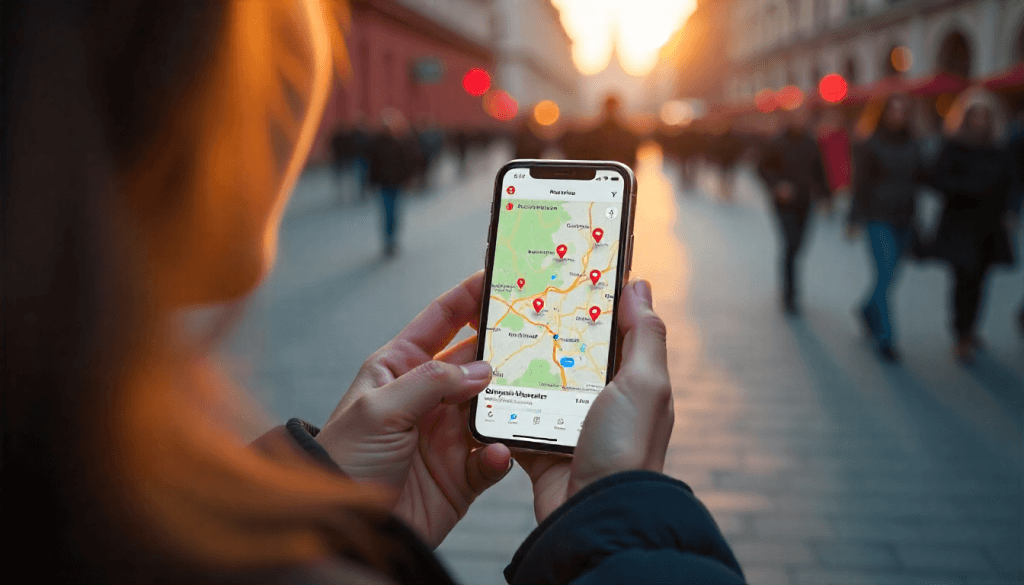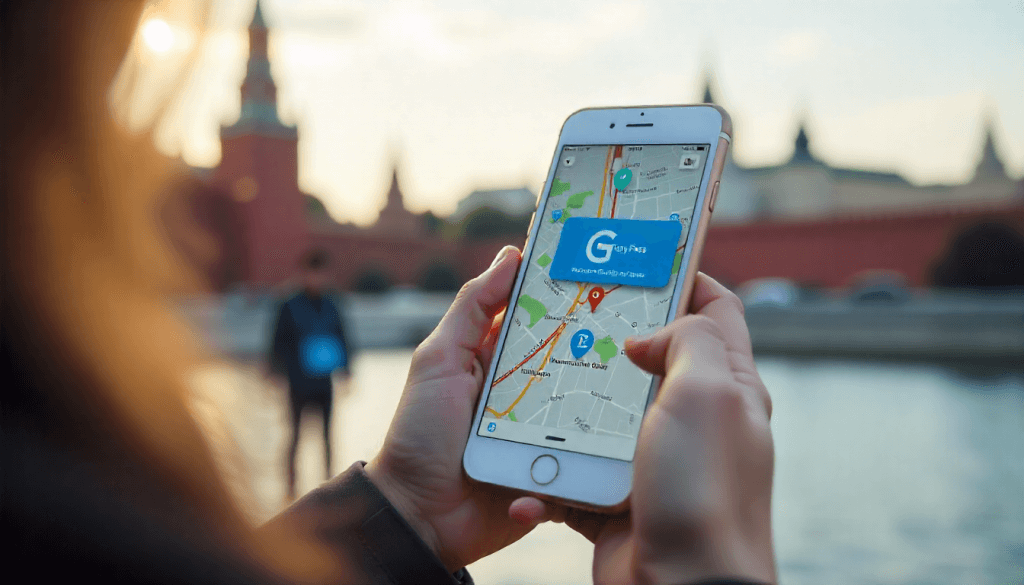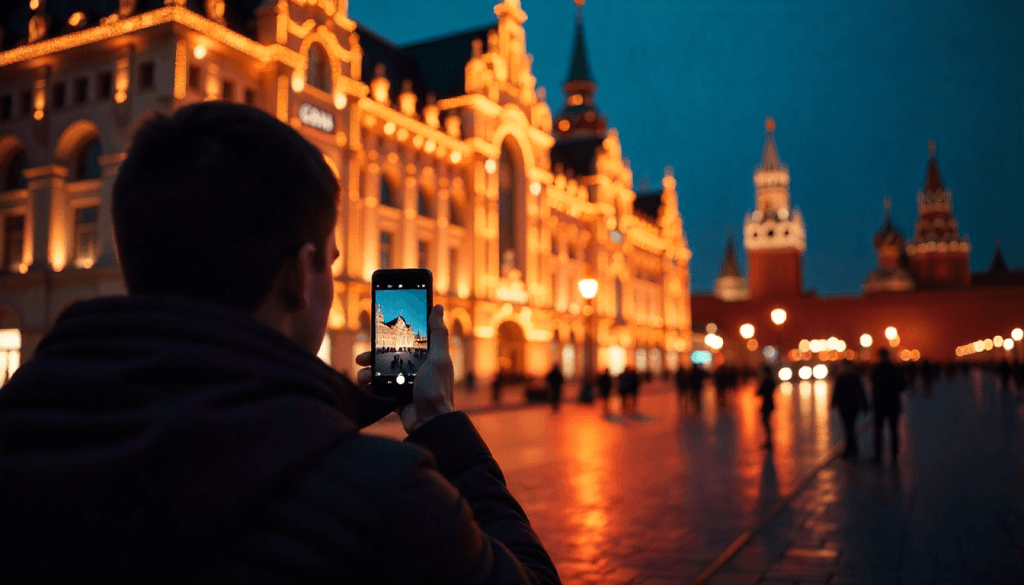For a seamless and enjoyable trip to Moscow, it is essential to understand the local financial landscape. While the city’s landmarks and culture may be the main draw, managing money effectively is a crucial part of the travel experience. A modern visitor needs to know which currency to use, what payment options are available, and how to handle transactions smoothly. This comprehensive Currency and Payment Guide will provide the information you need. It will help you navigate the system of rubles, bank cards, and alternative payment methods. By being prepared, you can avoid common pitfalls and focus on enjoying your trip.
The Ruble: Russia’s Official Currency
The official currency of Russia is the Russian Ruble (RUB). It is the only legal tender for all transactions in Moscow. It is mandatory to pay for goods and services in rubles, regardless of the merchant. Therefore, it is important to have some rubles on hand for your daily expenses. You will not be able to use foreign currencies like U.S. dollars or euros for purchases, even in tourist-heavy areas.
The best way to obtain rubles is by exchanging your home currency at an official bank or exchange office in Moscow. While some travelers prefer to exchange a small amount of money at their home bank before they leave, the exchange rates are often more favorable in Russia. It is generally advisable to avoid exchanging money at the airport. The rates there are notoriously bad. A bank will always provide the most reliable and official rate. Additionally, it is a good idea to have some smaller banknotes, as not all vendors will be able to break a large bill. Having a mix of denominations will make your life much easier.
Cash vs. Card: What to Expect
In Moscow, the financial system is a mix of digital and traditional. While cashless payments have become the norm for many locals, tourists with foreign bank cards will find themselves in a different situation. Due to geopolitical factors, international payment systems like Visa and Mastercard have suspended their operations in Russia. This means that credit and debit cards issued by banks outside of Russia will not work in the country. This is a crucial point for all travelers to understand. Therefore, a reliance on your usual bank cards is not a viable option for your visit.
Consequently, tourists must be prepared with alternative payment methods. Cash is widely accepted everywhere, from small shops and street vendors to large supermarkets and restaurants. It is a reliable and universally accepted form of payment. For this reason, a significant portion of your spending money should be in cash. You can use cash for taxis, small purchases, and at markets where card payments may not be available. Having cash on hand is the most secure and dependable way to manage your expenses. This is the first rule of any Currency and Payment Guide for a trip to Russia.
Navigating the Digital Payment Landscape as a Tourist
While foreign cards may not work, Moscow’s digital payment infrastructure is highly advanced. The local payment system, Mir, is now the dominant card network in the country. It is used for millions of transactions every day. For a tourist, the challenge is getting access to a Mir card. Some Russian banks offer services that allow foreigners to open an account and get a Mir card. This process can be a bit time-consuming. It typically requires a passport and a valid Russian mobile number. This option is better suited for those planning a longer stay.
Some fintech companies have developed products specifically for tourists, such as a “Tourist Card.” These are prepaid Mir cards that can be obtained before or upon arrival in Moscow. They can be topped up and used for cashless payments just like a local card. This provides the convenience of digital payments without the need for a full bank account. The Tourist Card is a great solution for those who want to avoid carrying large sums of cash. It is also an excellent option for paying for public transport, which is highly integrated with the local payment system. This is an important development. It makes a cashless trip to Moscow more accessible for foreigners.
For smaller transactions, another option is UnionPay. This is a Chinese payment system that works in many countries, including Russia. Some banks in various countries issue UnionPay cards. They can be a good backup payment method. However, their acceptance is not as widespread as Mir. You should still not rely on it as your sole method of payment. The best strategy is a combination of cash and a local payment card, if possible. This combination provides the most flexibility and security.
In conclusion, managing money in Moscow requires a strategic approach. While the city’s digital infrastructure is impressive, international visitors face a unique set of challenges. A key part of your planning should involve preparing for a cash-heavy trip and researching local options like a Tourist Card. Understanding the financial environment is the first step towards a stress-free and enjoyable visit. By following this Currency and Payment Guide, you can ensure that your financial affairs are in order. This will allow you to focus on the wonders of Moscow.












